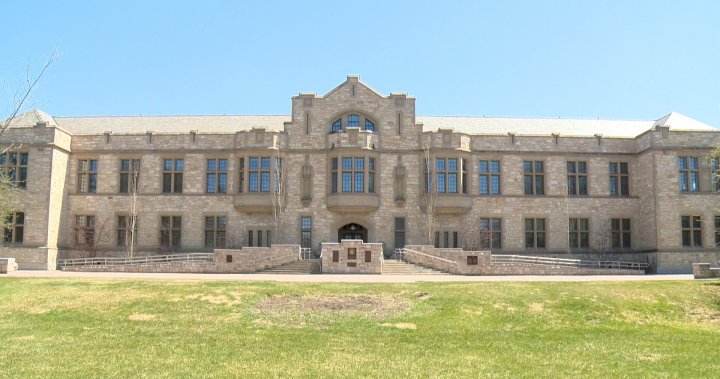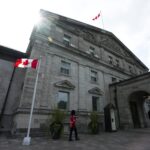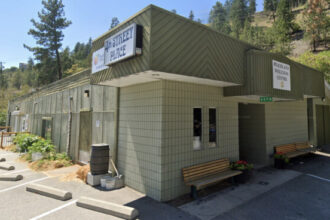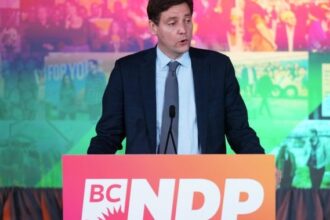The halls of Saskatchewan’s universities will come with a steeper price tag this fall as students face yet another round of tuition hikes across the province’s major post-secondary institutions. The University of Saskatchewan and University of Regina have both approved significant increases that will directly impact thousands of students preparing for the upcoming academic year.
At the University of Saskatchewan, students will see an average tuition increase of 3.5 percent, though the actual impact varies dramatically depending on program choice. Medical students face the province’s steepest increase at 5.5 percent, translating to approximately $1,100 more annually for an already expensive program. Engineering students aren’t far behind with a 5 percent increase, while arts and science programs will see a more modest 2 percent rise.
“This marks the seventh consecutive year of tuition increases at USask,” confirmed university spokesperson Jennifer Matthews. “While we recognize the financial pressure this places on students, these adjustments are necessary to maintain program quality and address rising operational costs.”
The University of Regina follows a similar pattern with a 4 percent across-the-board increase affecting its more than 16,000 students. For a typical full-time undergraduate carrying five courses per semester, this represents an additional $336 annually.
These increases come at a particularly challenging time for students already grappling with Saskatchewan’s broader cost of living crisis. According to Statistics Canada data, Saskatchewan residents have seen food prices rise 5.8 percent and housing costs climb 7.2 percent over the past year, creating a perfect storm of financial pressure for students.
The Saskatchewan Students’ Coalition has responded with immediate criticism. “Universities are becoming increasingly inaccessible for middle and lower-income families,” said Coalition President Maya Jaworski. “When combined with inflation and housing shortages, these tuition hikes effectively shut the door on higher education for many potential students.”
University administrators defend the increases as unavoidable, citing significant reductions in provincial funding as a primary driver. Provincial contributions to university operating budgets have declined by approximately 18 percent in real terms since 2015, according to financial analysis conducted by education policy researchers.
“We’re caught between diminishing government support and the need to maintain educational quality,” explained Dr. Robert Chambers, USask Vice President of Finance. “Without adequate provincial funding, the financial burden inevitably shifts to students.”
The Ministry of Advanced Education released a statement emphasizing that Saskatchewan’s tuition remains below the national average and pointing to available provincial scholarships and bursaries. However, student advocates counter that these supports have not kept pace with rising costs.
For students like Michael Chen, a third-year engineering student at USask, the increases represent real-world challenges. “I’m already working 20 hours a week on top of a full course load. With this increase, I’ll need to take on more debt or find additional work hours that I honestly don’t have.”
International students face even steeper challenges. At both universities, international differential fees mean foreign students pay approximately three times what domestic students pay, with the same percentage increases applied to an already higher base tuition.
The tuition increases illuminate broader questions about post-secondary education funding in Canada. As public funding continues to decline as a percentage of university operating budgets, institutions increasingly rely on tuition and private sources to maintain operations.
As Saskatchewan students prepare for the fall semester, many must now reconsider their financial plans and potentially increase their student loan amounts. The question remains: at what point does the rising cost of education outweigh its economic benefits, and what responsibility do provincial governments bear in ensuring universities remain accessible to all qualified students?










